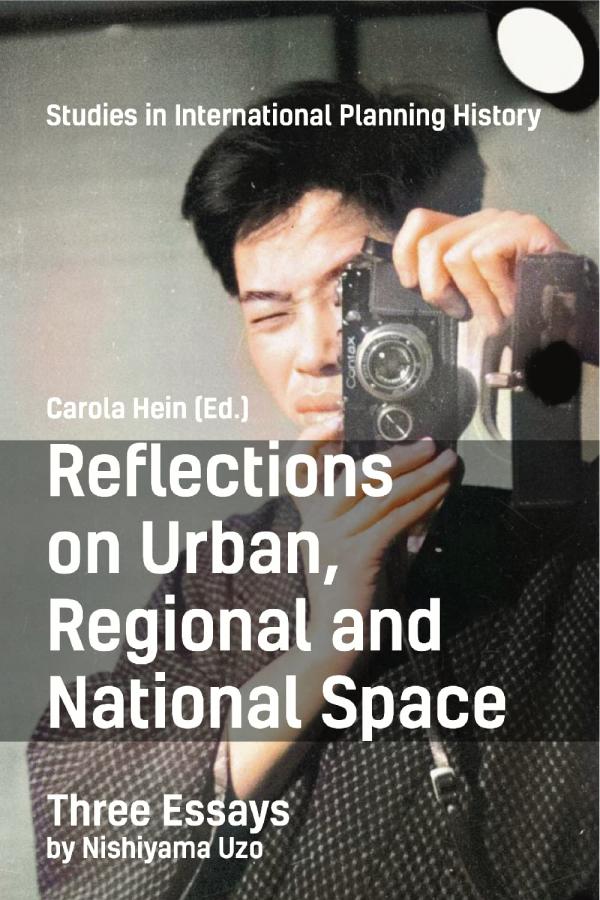Mountain Cities
Synopsis
Like the previous two chapters, this essay was previously published in a reprint of Shin Kenchiku, issues 3 and 4, 1946, as “Sangaku toshi ron” [On Mountain Cities], and was the final essay in a set of three entitled “The New National Construction” [Atarashiki kokudo kensetsu]. It was a proposal to build cities by utilizing steeply sloping terrain that makes up a large portion of Japan’s land.
During the war, I looked on while excellent tracts of arable land were indiscriminately and steadily demolished for the expansion of structures such as munitions factories, simply because the land was easy to procure, but severe food shortages hit Japan when the war was over. When lasting world peace was established, food self-sufficiency was not necessarily essential because of rational international specialization; but assessing arable land as yielding meager profits based purely on the economics and productivity of capitalist economic mechanisms, is no reason to destroy it. There are magnificent views of verdant undulating rice paddies spreading across the alluvial plains as far as the foothills of distant mountains, or the glow of insect light traps on summer evenings glistening everywhere. What about moving cities into the hills onto steeply sloping land, rather than dispersing them through the alluvial plains? With this in mind, this chapter is the slightly expanded version of an amateurish suggestion I sent in to “Our Words”—Watashitachi no kotoba, the radio program that invited listeners’ participation NHK began to broadcast weekly after the war—entitled “A proposal for mountain cities,” which put together housing construction methods to use land more efficiently for high density living.






